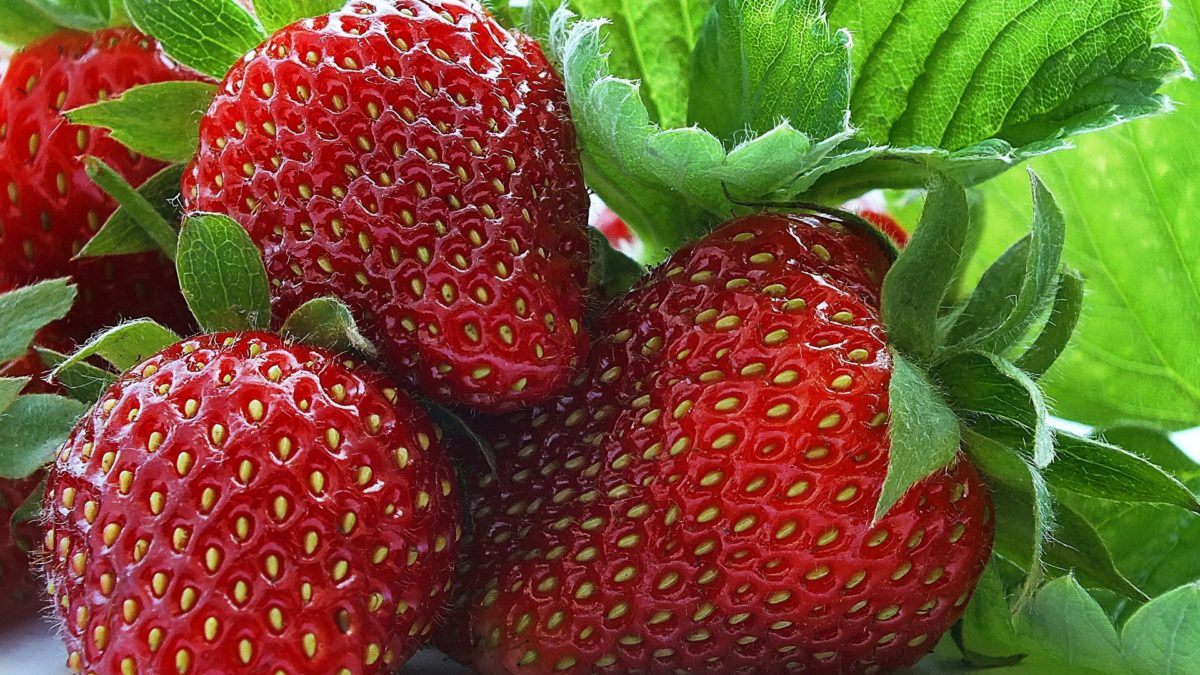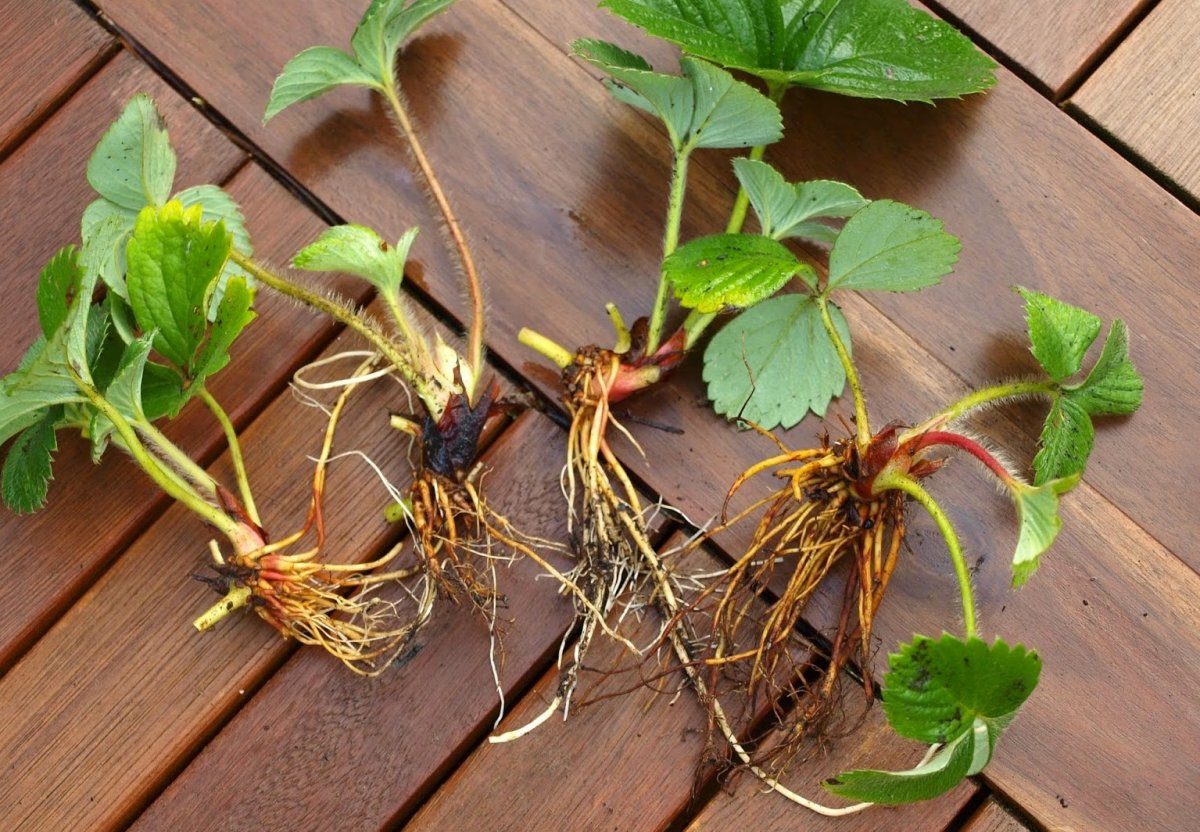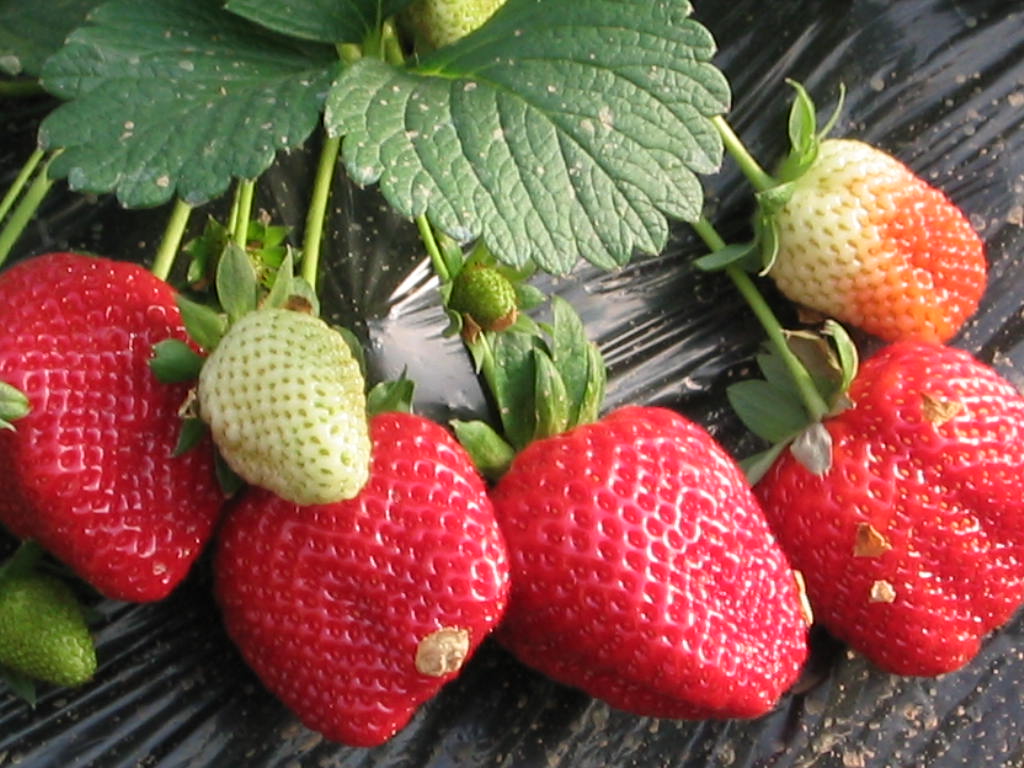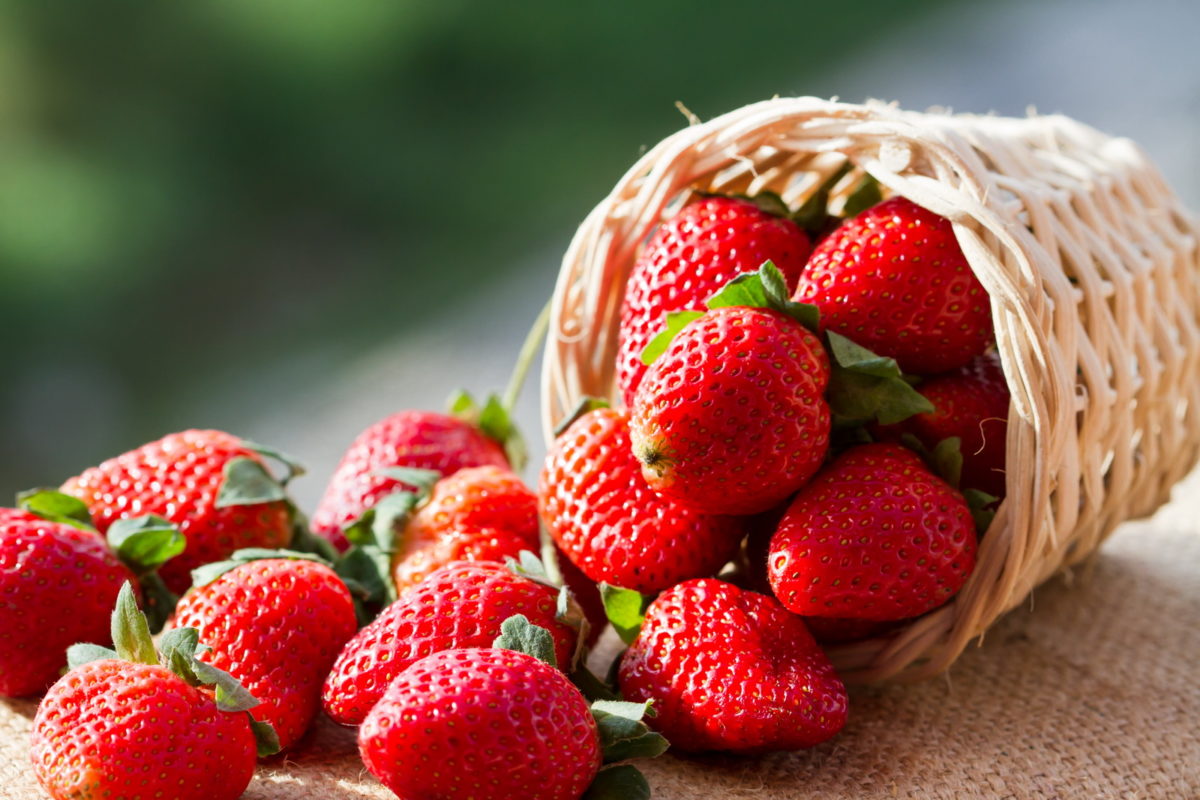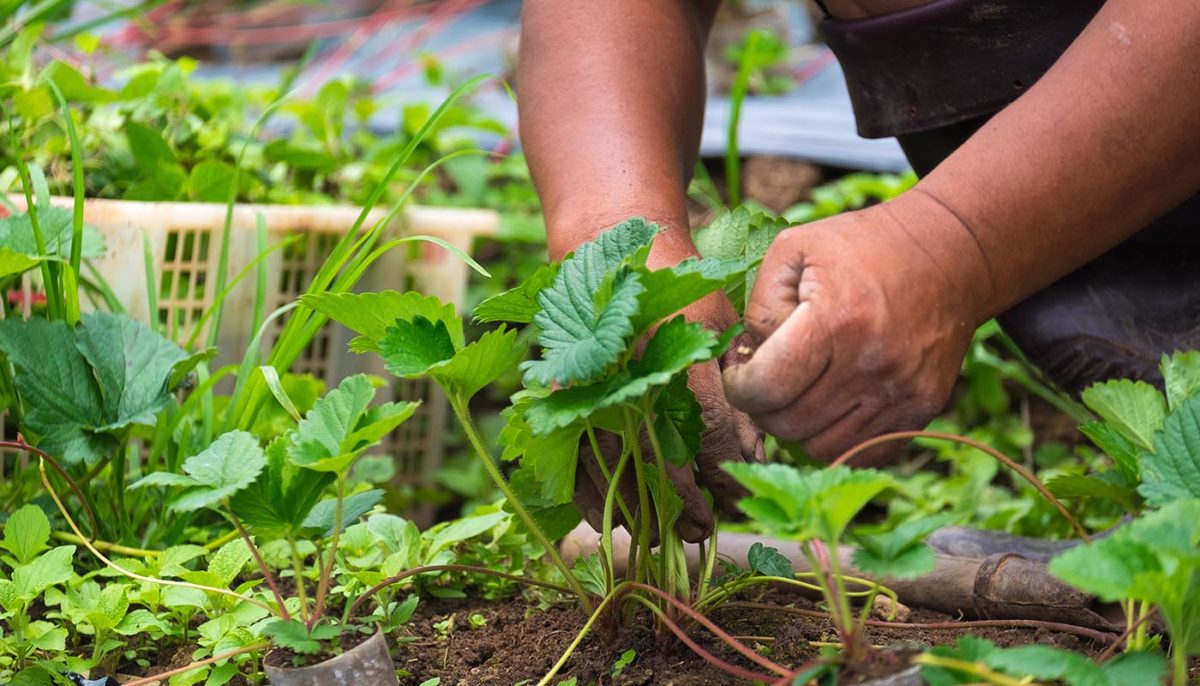Strawberry
The first berry that should delight gardeners in the summer is garden strawberries or, as they call them, strawberries. Everyone is looking forward to her harvest, admiring the aroma and taste. Unfortunately, our expectations are not always met: instead of juicy, large berries, we get small fruits covered with an incomprehensible bloom, withered bushes with damaged foliage, blackened inflorescences. This means that strawberries need your help and protection. To avoid disappointment, you need to know how to determine the problems of strawberries by external signs and take adequate measures in time to maintain its health, and, therefore, the quality of fruiting.
Strawberries live in one place for 3-4 years, after which their vitality dies out, fruiting decreases and therefore it becomes necessary to establish a new plantation. If the gardener is satisfied with the variety, there is no point in buying planting material: you can correctly propagate and plant your strawberries. Of course, this culture is not for the lazy, it requires constant care, but replanting itself is not difficult.
Strawberries are the queen of every vegetable garden. For this berry, I have the most spacious beds, free time and an open wallet. The main reason is children! We will not have time to arrive at the dacha, they are already near the strawberries. The first berries disappear in pink color, so the guys can't wait to eat their favorite "Victoria". And in winter, jam and freezing from it "leave" in the first place. Therefore, we have love with strawberries! And loved ones want to better feed and use. What to feed the "queen" so that she generously rewards with the harvest? Strawberries need a rich and balanced menu!
Lambada is a Dutch variety for gourmets who adhere to the principle of less is more. This garden strawberry is famous not for its productivity, but for its taste. The berries are aromatic, sweet, even underripe, tastier than many varieties in full maturity. This berry has pluses and minuses; when growing, they will have to be taken into account.
The season of strawberry ripening, like a beautiful dream, awaits everyone - from young to old. The picture of sweet juicy berries attracts like a magnet. The harvest time comes, and suddenly, it turns out that the strawberry has failed: some of the fruits have been gnawed, fungal mold has developed on the sides of some, and the sun peeps out through the perforated leaves. The question involuntarily creeps in: is it really the rainy season to blame? But the neighbor's strawberry was in exactly the same weather conditions, and it grew up for a feast for everyone.
